The Norwegian Academy of Science and Letters announced the 2024 Kavli Prize Laureates, recognizing groundbreaking science for the discovery and characterization of extra-solar planets and their atmospheres; foundational research integrating synthetic nanoscale materials for biomedical use; and the localization of areas in the brain specialized for face recognition and processing.
Tag: Nanoscience
How Scientists Are Accelerating Next-Gen Microelectronics
In a new Q&A, microelectronics expert and CHiPPS Director Ricardo Ruiz shares his perspective on keeping pace with Moore’s Law in the decades to come through a revolutionary technique called extreme ultraviolet lithography.
AI Discovers New Nanostructures
UPTON, NY—Scientists at the U.S. Department of Energy’s (DOE) Brookhaven National Laboratory have successfully demonstrated that autonomous methods can discover new materials. The artificial intelligence (AI)-driven technique led to the discovery of three new nanostructures, including a first-of-its-kind nanoscale “ladder.
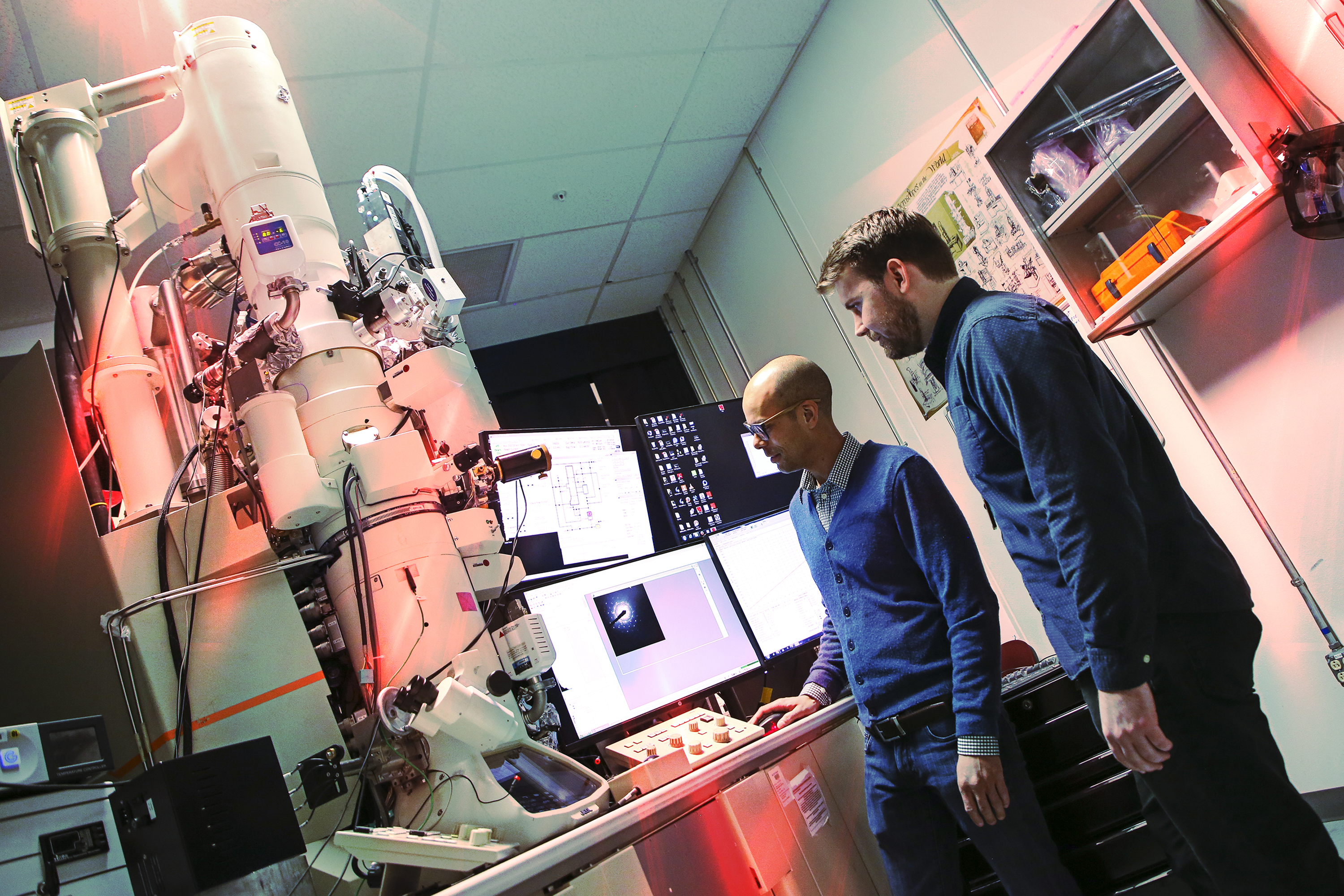
Scientists chip away at a metallic mystery, one atom at a time
Based at Sandia National Laboratories, a team of scientists believes the key to preventing large-scale, catastrophic failures in bridges, airplanes and power plants is to look — very closely — at damage as it first appears at the atomic and nanoscale levels.
Brookhaven Lab’s Visiting Faculty Program Fosters New Nano Center at SUNY – Buffalo State
In a successful pilot extension of the Visiting Faculty Program, Saquib Ahmed leveraged the program’s resources to build out a nanoscience center at his home institution.
Pushing the Boundaries of Moore’s Law: How Can Extreme UV Light Produce Tiny Microchips?
Some analysts say that the end of Moore’s Law is near, but Patrick Naulleau, the director of Berkeley Lab’s Center for X-Ray Optics (CXRO), says that it could be decades before the modern chip runs out of room for improvement, thanks to advances in materials and instrumentation enabled by the CXRO.
Skyrmions on the Rise – New 2D Material Advances Low-Power Computing
A team co-led by Lawrence Berkeley National Laboratory has discovered a new ultrathin material with exotic magnetic features called skyrmions. The new material could enable the next generation of tiny, fast, energy-efficient electronic devices.
Scientists Zoom In on the Atomic Structure of Artificial Proteins
Scientists have created crystalline sheets one molecule thick using a synthetic molecule called a polypeptoid. Scientists take images of these nanosheets using electron microscopes, but until recently these images were blurry. This new study used machine learning to process about 500,000 independent images to produce the first clear image of individual atoms in a synthetic soft material.
Giulia Galli awarded Rahman Prize from American Physical Society
The American Physical Society awards the Rahman Prize to Argonne senior scientist Giulia Galli.
Pivotal discovery of nanomaterial for LEDs
Perovskite nanocrystals have been prime candidates as a new material for LEDs but have proved unstable on testing. Scientists have discovered a method for stabilizing them, which have applications for consumer electronics, detectors and medical imaging.
Toward Scaling Up Nanocages to Trap Noble Gases
Commercially available materials may be a potentially scalable platform for trapping gases for nuclear energy and other applications.
Automatically Steering Experiments Toward Scientific Discovery
Scientists at Brookhaven and Lawrence Berkeley National Laboratories have been developing an automated experimental setup of data collection, analysis, and decision making.
Main Attraction: Scientists Create World’s Thinnest Magnet
Scientists at Berkeley Lab and UC Berkeley have created an ultrathin magnet that operates at room temperature. The ultrathin magnet could lead to new applications in computing and electronics – such as spintronic memory devices – and new tools for the study of quantum physics.
What if We Could Give Viruses a One-Two Punch?
Researchers at Stanford and Berkeley Lab’s Molecular Foundry have developed virus-killing molecules called peptoids. The technology could make possible an emerging category of antiviral drugs that could treat everything from herpes and COVID-19 to the common cold.
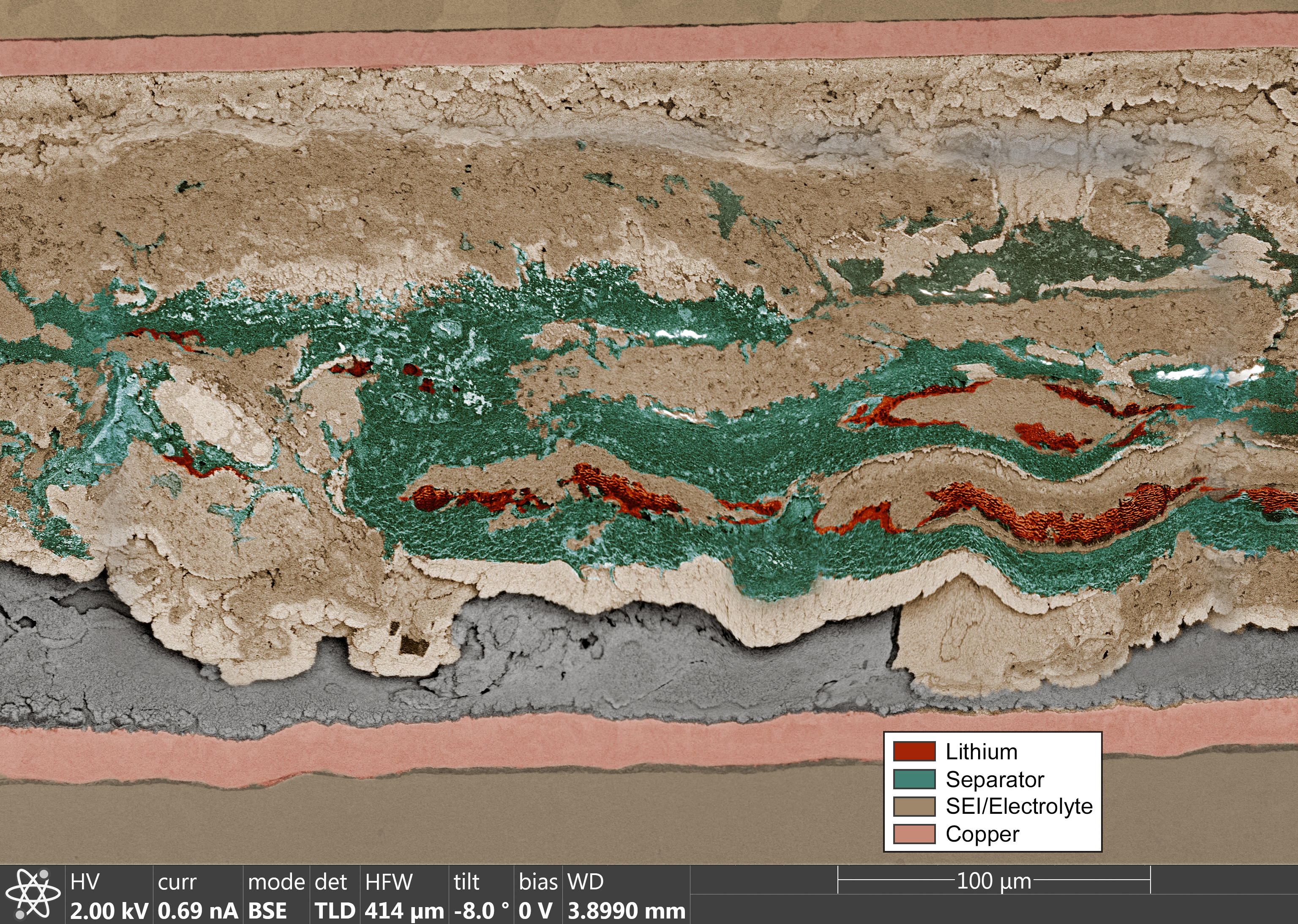
The hidden culprit killing lithium-metal batteries from the inside
The first nanoscale images ever taken inside intact, lithium-metal coin batteries (also called button cells or watch batteries) challenge prevailing theories and could help make future high-performance batteries, such as for electric vehicles, safer, more powerful and longer lasting.
Putting Functional Proteins in Their Place
Using DNA, scientists organized bioactive proteins in desired 2-D and 3-D ordered arrays—promising for structural biology, biomedicine, and more.
New Dual-Beam Microscope Installed at the Center for Functional Nanomaterials
This latest-generation tool, which combines a scanning electron microscope and focused-ion beam, has advanced capabilities for preparing and analyzing nanomaterial samples.
ORNL’s superb materials expertise, data and AI tools propel progress
At the Department of Energy’s Oak Ridge National Laboratory, scientists use artificial intelligence, or AI, to accelerate the discovery and development of materials for energy and information technologies.
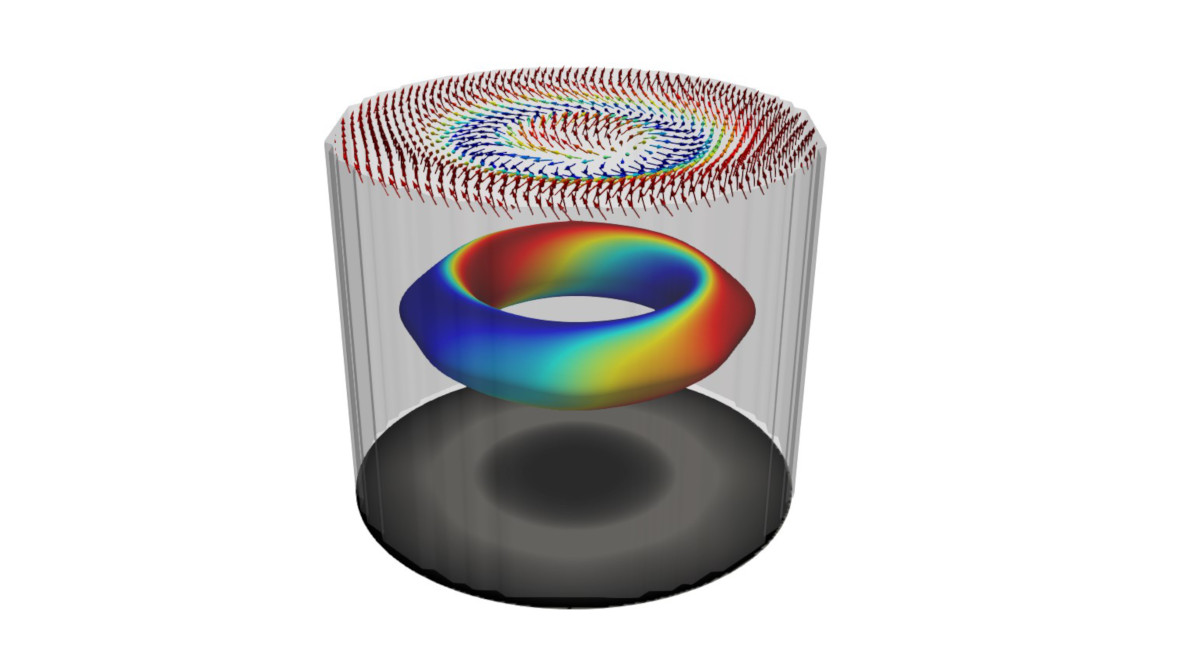
The Spintronics Technology Revolution Could Be Just a Hopfion Away
A research team co-led by Berkeley Lab has created and observed quasiparticles called 3D hopfions at the nanoscale (billionths of a meter) in a magnetic system. The discovery could advance high-density, high-speed, low-power, yet ultrastable magnetic memory “spintronics” devices.
Revealing Nano Big Bang – Scientists Observe the First Milliseconds of Crystal Formation
At Berkeley Lab’s Molecular Foundry, scientists recruited a world-leading microscope to capture atomic-resolution, high-speed images of gold atoms self-organizing, falling apart, and then reorganizing many times before settling into a stable, ordered crystal.
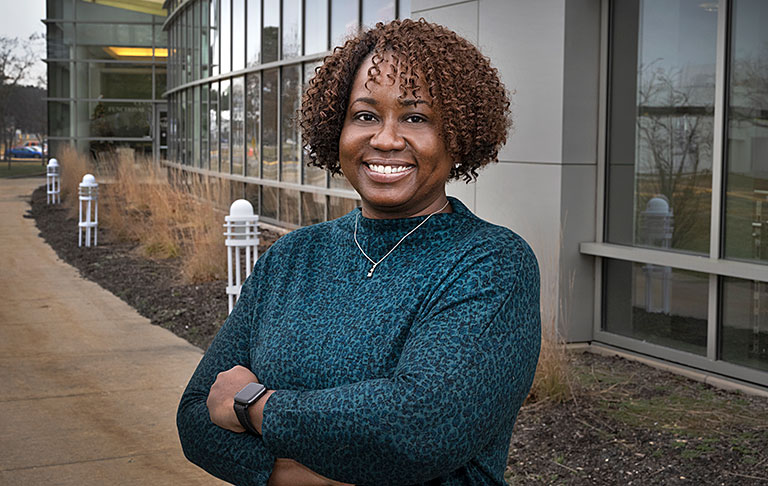
Operating Efficiently and Compliantly with Essala Lowe
As the CFN assistant director of operations, Lowe oversees day-to-day administrative functions essential to CFN success.
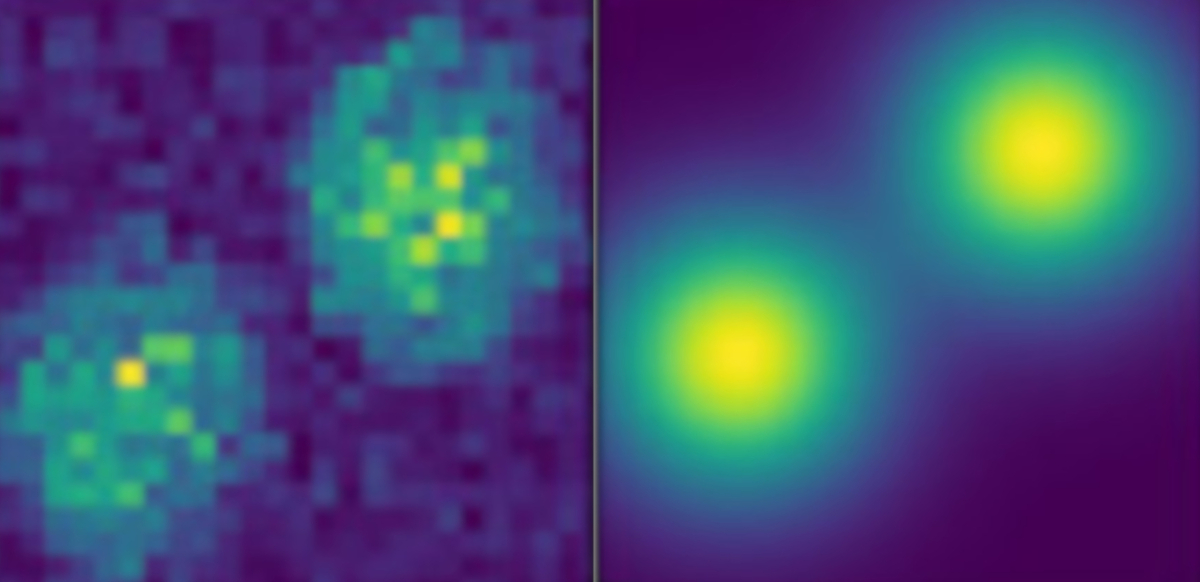
Shine On: Avalanching Nanoparticles Break Barriers to Imaging Cells in Real Time
A team of researchers co-led by Berkeley Lab and Columbia University has developed a new material called avalanching nanoparticles that, when used as a microscopic probe, offers a simpler approach to taking high-resolution, real-time snapshots of a cell’s inner workings at the nanoscale.
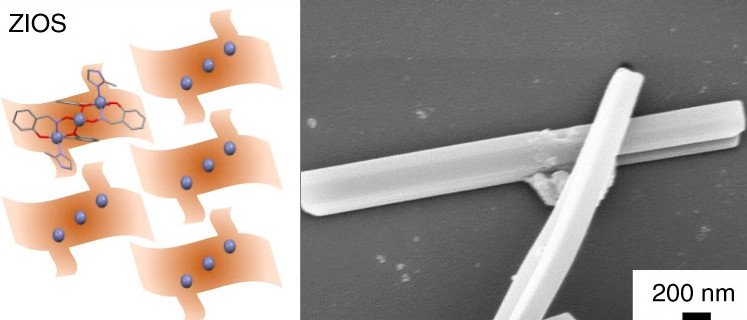
New Material Designed by Berkeley Lab ‘Mines’ Copper from Toxic Wastewater
A research team led by Berkeley Lab has designed a new material – called ZIOS (zinc imidazole salicylaldoxime) – that extracts copper ions from mine wastewater with unprecedented precision and speed.
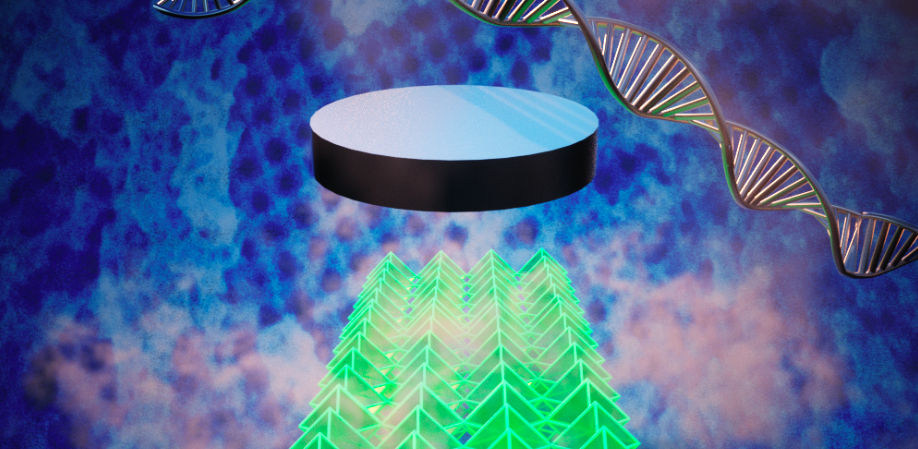
Making 3-D Nanosuperconductors with DNA
Scientists developed a platform for making 3-D superconducting nano-architectures with a prescribed organization.
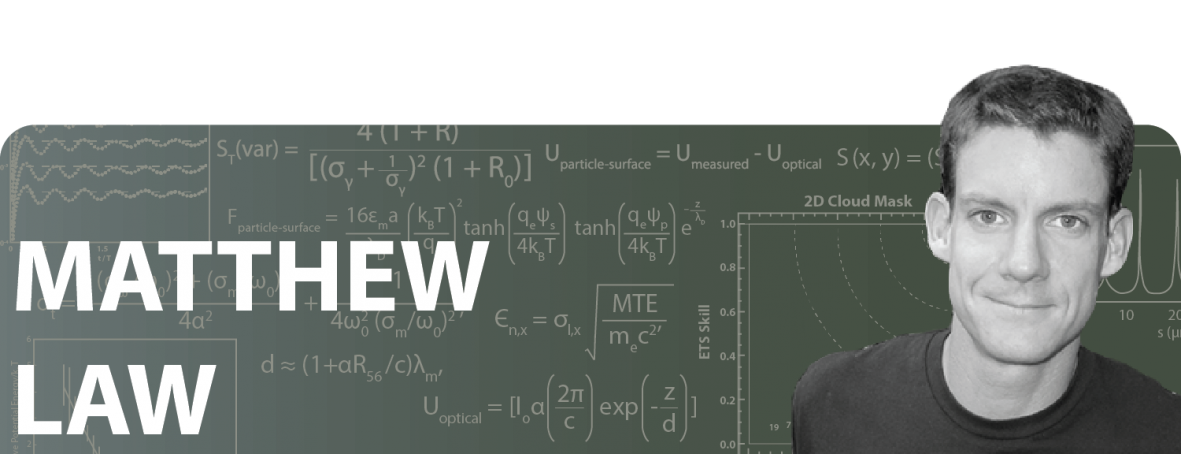
Matt Law: Then and Now / 2010 Early Career Award Winner
Then and Now looks at what a 2010 Department of Energy Office of Science Early Career Award meant for Matt Law, now an associate professor in the Department of Chemistry at the University of California, Irvine.

What’s Nanotechnology? Kristin Persson Explains at 4 Different Levels
In celebration of National Nanotechnology Day, Molecular Foundry Director Kristin Persson explains atomic-scale engineering at four different levels – for a kindergartner, a middle schooler, a high school senior, and a graduate student

Process for ‘two-faced’ nanomaterials may aid energy, information tech
A team led by Oak Ridge National Laboratory implanted atoms precisely into the top layers of ultra-thin crystals, yielding two-sided Janus structures that may prove useful in developing energy and information technologies.

Building Better Bridges for Moving Energy
Scientists have developed a new type of nanostructure that mimics certain natural light-harvesting systems. The new nanostructures serve as a bridge to move energy generated by light-absorbing molecules to light-emitting molecules. The transfer has less than 1 percent energy loss.

Good vibrations show how water works
Researchers demonstrated new ways to use electron microscopy to study liquids at high resolution. They used this technique to examine how nuclei in liquids and molecules vibrate at multiple length scales. This work can lead to new ways for scientists to describe liquids, the interfaces between fluids, and materials labeled with isotopes.
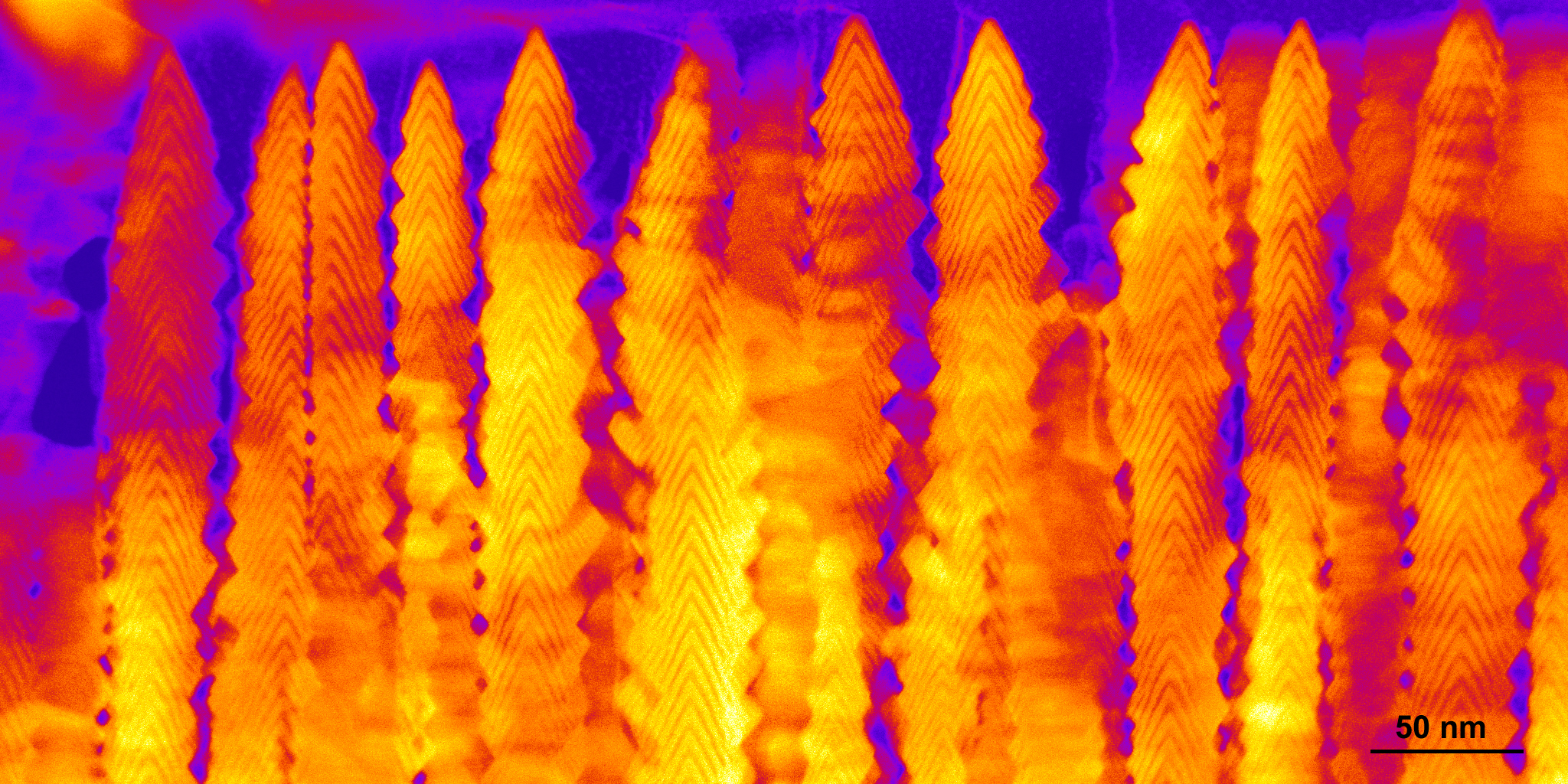
Crystalline ‘nanobrush’ clears way to advanced energy and information tech
A team led by Oak Ridge National Laboratory synthesized a “nanobrush” structure with high surface area and discovered how its unique architecture drives ions across interfaces to transport energy or information.
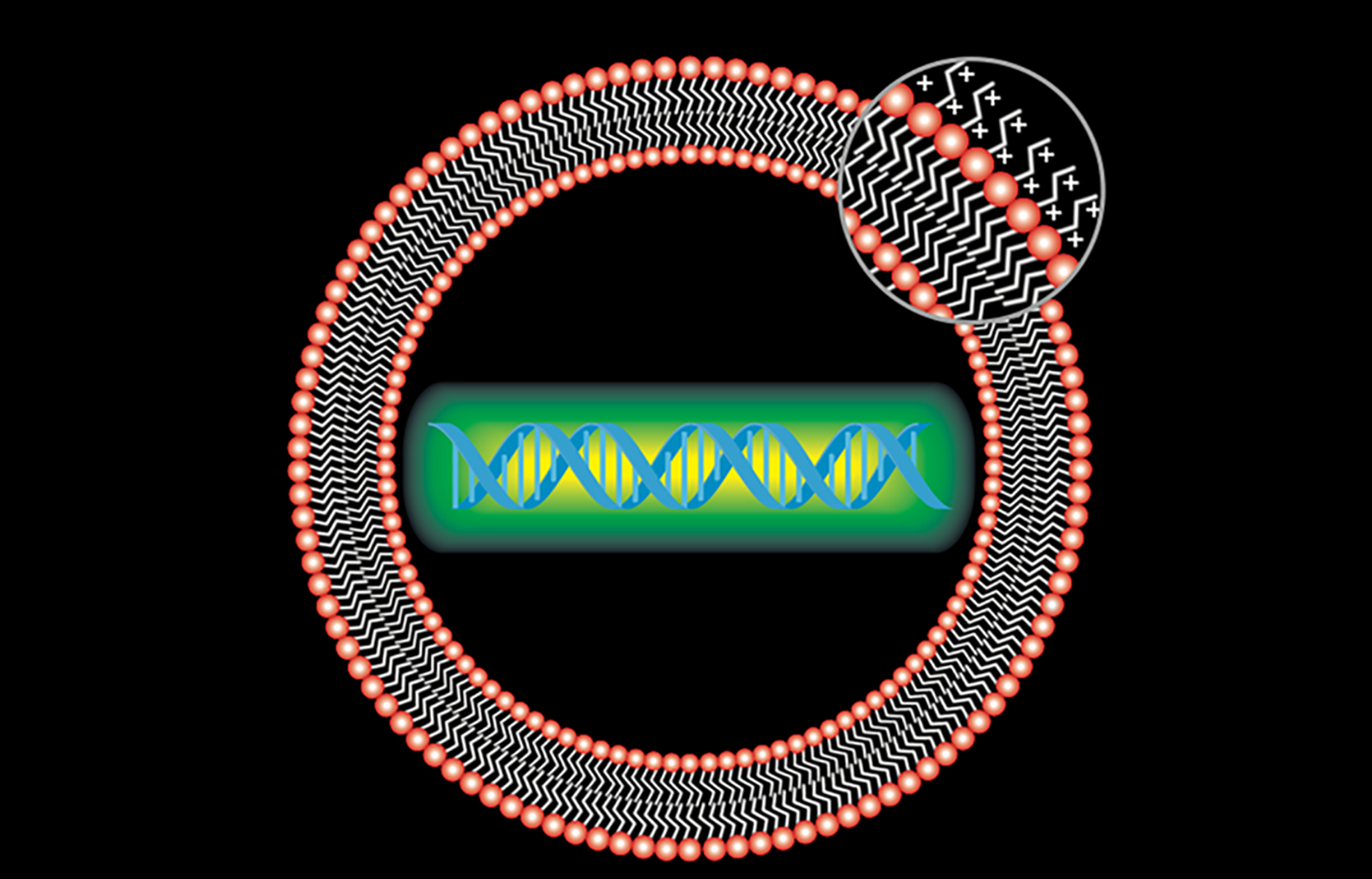
Scientists Aim Gene-Targeting Breakthrough Against COVID-19
Scientists at Berkeley Lab and Stanford have joined forces to aim a gene-targeting, antiviral agent called PAC-MAN against COVID-19.
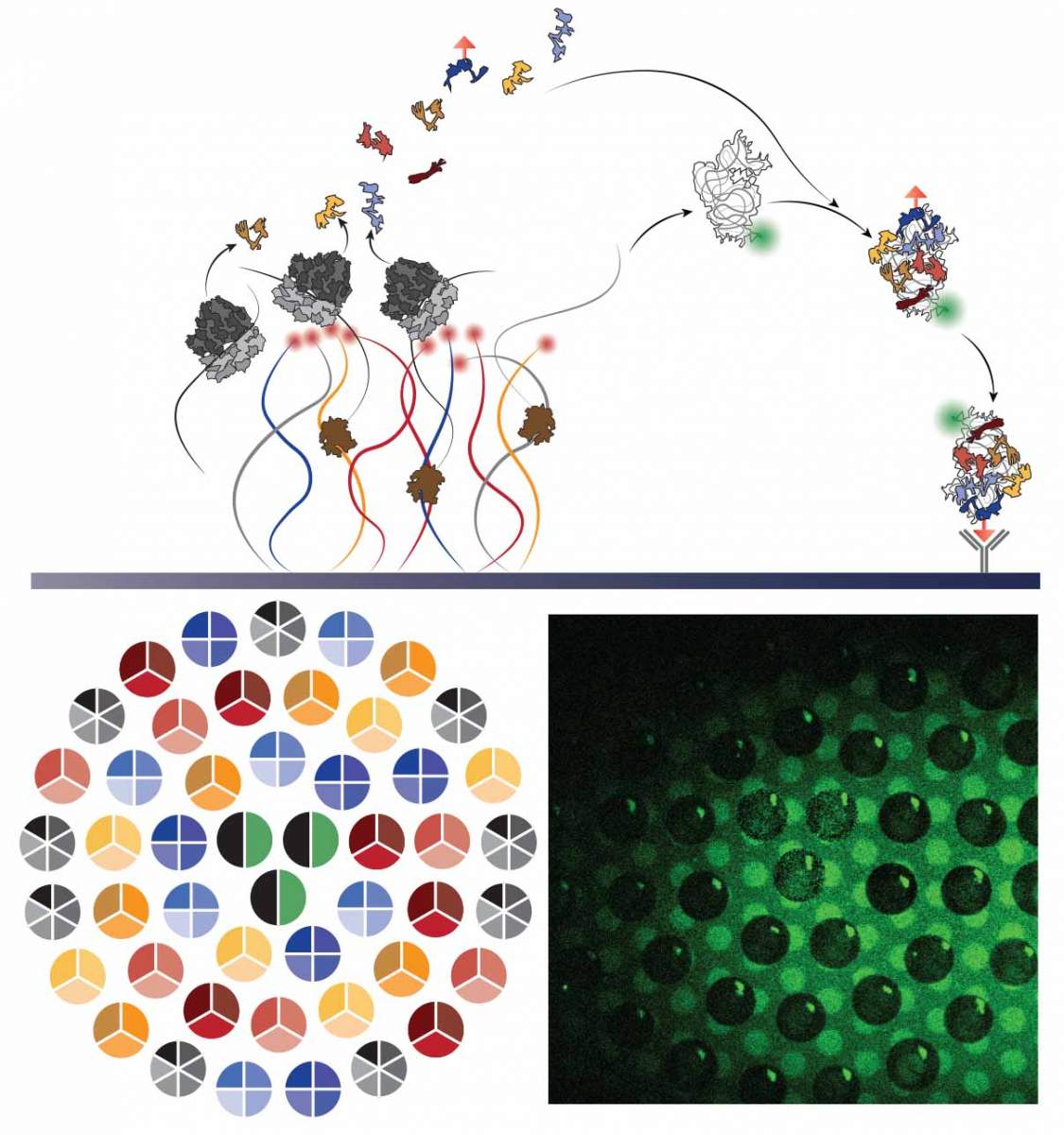
Self-Assembling Ribosome Could Lead to Novel Vaccines
The Weizmann Institute’s Prof. Roy Bar-Ziv has demonstrated the self-synthesis and self-assembly of a ribosomal subunit on the surface of a chip. The breakthrough could lead to novel types of vaccines, including for antibiotic-resistant bacteria, or to assembly lines to produce complex molecules for a range of industries.
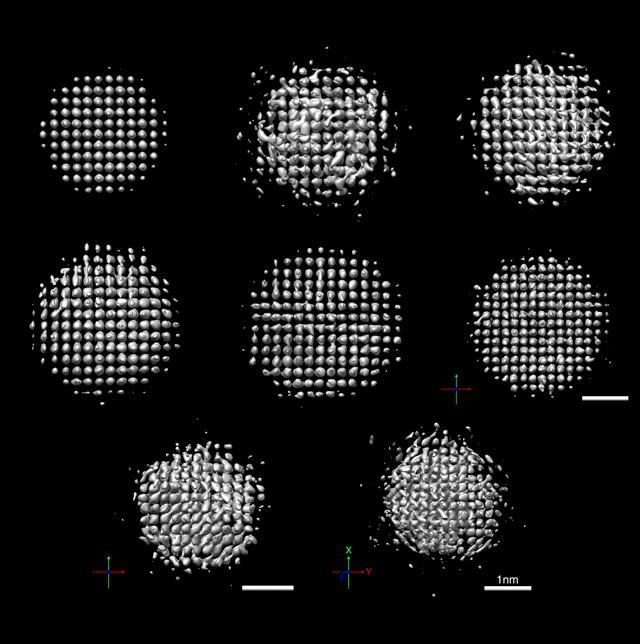
Science Snapshots from Berkeley Lab: 3D nanoparticles and magnetic spin
Researchers at Berkeley Lab have captured 3D images of nanoparticles in liquid with atomic precision, and developed an ultrathin electrical switch that could further miniaturize computing devices and personal electronics without loss of performance.
CFN Staff Spotlight: Xiaohui Qu Bridges the Data Science-Materials Science Gap
As a staff member in the Theory and Computation Group at Brookhaven Lab’s Center for Functional Nanomaterials, Qu applies various approaches in artificial intelligence to analyze experimental and computational nanoscience data.
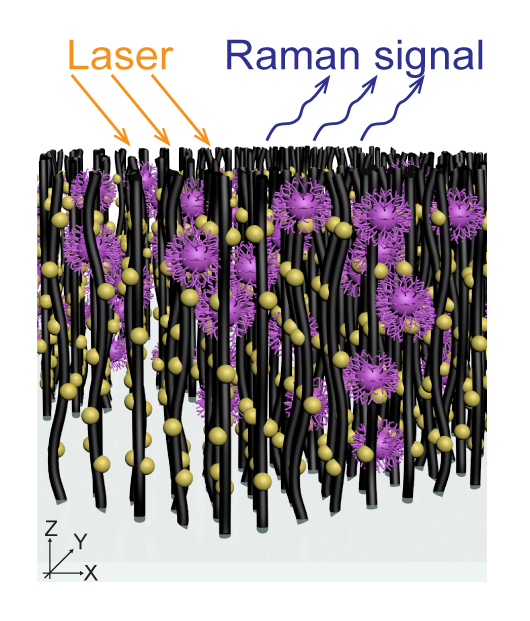
A Fast and Inexpensive Device to Capture and Identify Viruses
A device to quickly capture and identify various strains of virus has been developed, according to researchers at Penn State and New York University.
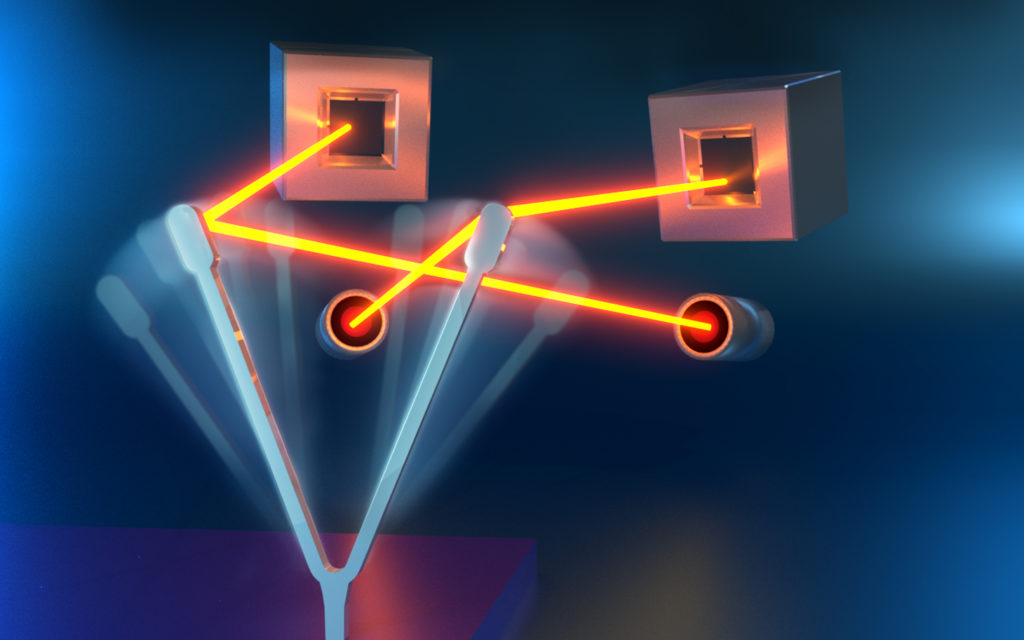
Story tips from the Department of Energy’s Oak Ridge National Laboratory, November 2019
ORNL and NREL took demonstrated a miniaturized gyroscope. ORNL created and tested new wireless charging designs. If humankind reaches Mars this century, an ORNL-developed experiment testing advanced materials for spacecraft may play a key role. ORNL and Georgia Tech found that critical interactions between microbes and peat moss break down under warming temperatures. ORNL and industry demonstrated that an additively manufactured hot stamping die can withstand up to 25,000 usage cycles.
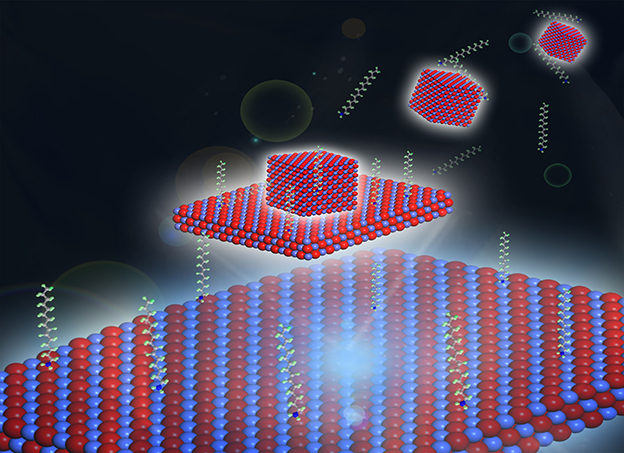
Living on the Edge: How a 2D Material Got Its Shape
A team of scientists led by the Department of Energy’s Lawrence Berkeley National Laboratory (Berkeley Lab) has gained valuable insight into 3D transition metal oxide nanoparticles’ natural “edge” for 2D growth.
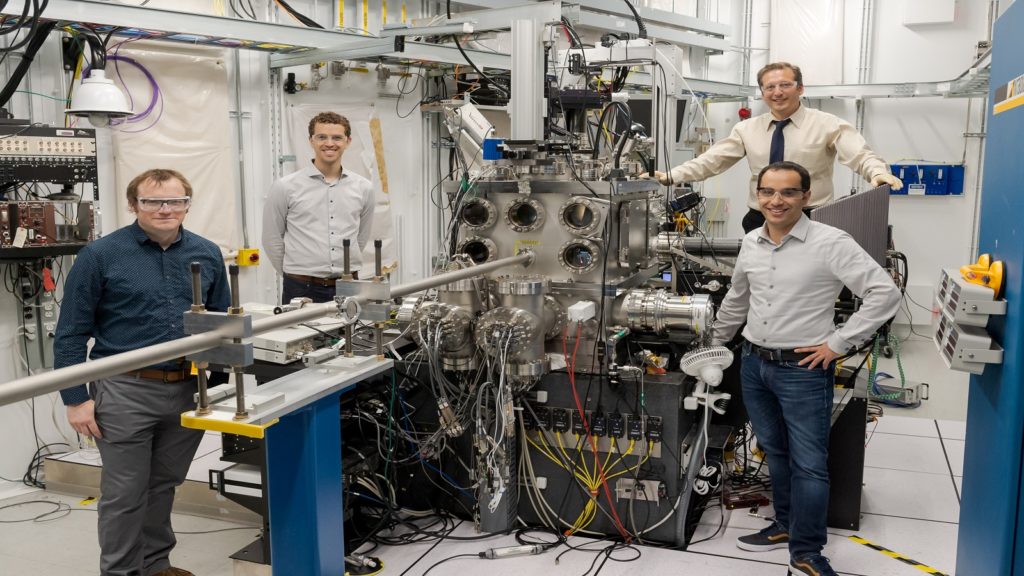
Seeing sound: Scientists observe how acoustic interactions change materials at the atomic level
By using sound waves, scientists have begun to explore fundamental stress behaviors in a crystalline material that could form the basis for quantum information technologies.
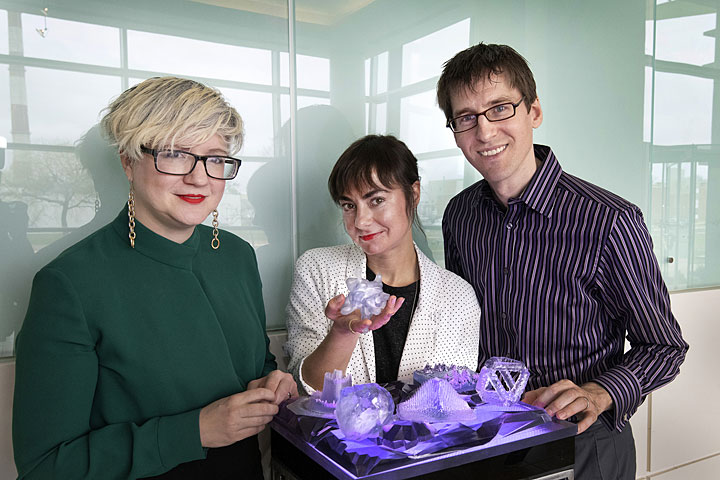
Transforming Advanced Nanoscience Data into Interactive Art
A scientist, an artist, and a computer music professor combined 3-D printing, sound, and virtual reality to represent nanoscience data.